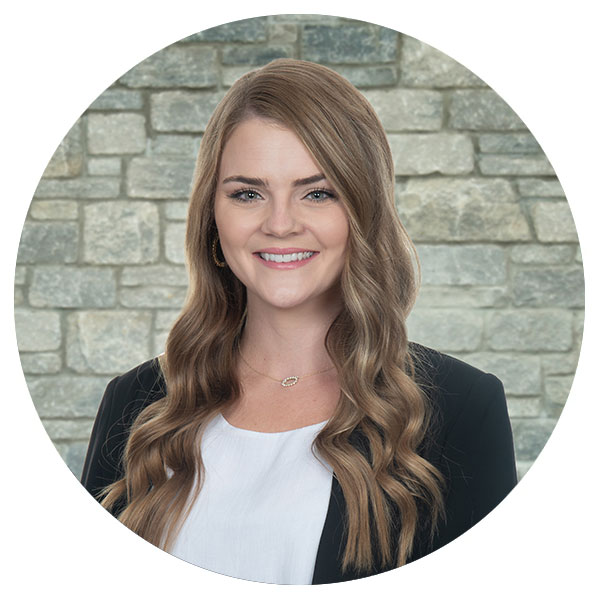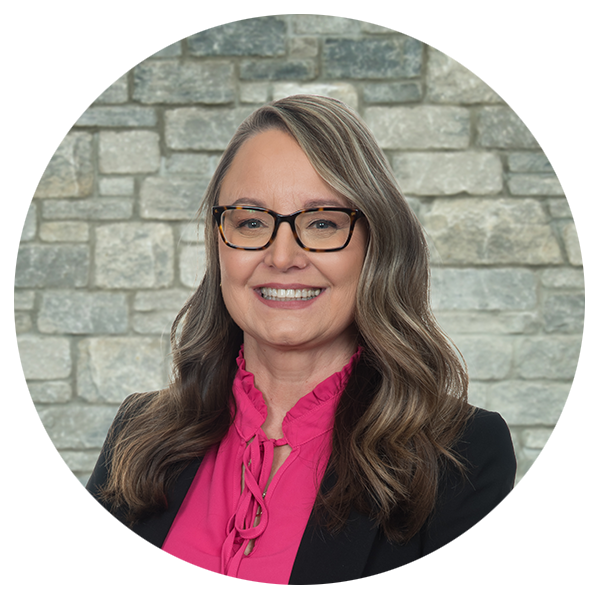Shoulder Center of Kentucky
Frequently Asked Questions
The rotator cuff is actually a group of 4 muscles that originate on the scapula, or shoulder blade, and attach around the head of the humerus, the "ball" at the shoulder end of the upper arm bone. These muscles are defined as arm "rotators," and the tendons of these muscles form a sort of cuff around the head of the humerus - thus the name. In function these muscles serve less as "rotators" and more as "stabilizers" working to keep the "ball" of the humerus "centered" in the "socket" of the scapula - the glenoid fossa. In rehabilitation, the philosophy of The Shoulder Center of Kentucky is to train and strengthen these muscles as stabilizers first. That is why many physical therapy patients at the Center will begin doing "closed-chain" exercises, with the weight of the arm supported either stationary - hand resting on a table or ball - or mobile - sliding the hand on a table top or incline.
The term "closed-chain" refers to the hand - distal end of the arm - being fixed or supported during shoulder motion. Most shoulder functions in sports, work or daily activities are "open-chain," where the hand is free in space, and the shoulder primarily works to get the hand into position to do something or help accelerate the hand as in throwing or swinging a tennis racquet. Closed-chain shoulder exercises are used as a progressive step in achieving safe, coordinated open-chain function. Research has shown that the muscle activity necessary for good open-chain shoulder function can be achieved in a more controlled and safe manner using closed-chain exercises. These exercises allow for the muscles around the shoulder (especially the rotator cuff) to be safely and appropriately activated early in shoulder rehabilitation.
Functional rehabilitation is the primary therapeutic exercise philosophy used in physical therapy at Lexington Clinic and The Shoulder Center of Kentucky. It involves continually designing and adjusting exercises that are as close to the ultimately desired function as possible. Physical therapists at Lexington Clinic and The Shoulder Center of Kentucky are experts in the creation and progression of these exercises that remain safe and achieve desired goals-whether those goals include throwing a baseball, swimming a mile, returning to a factory job or simply reaching the top shelf of a kitchen cupboard. In fact, these therapists are credited with creating many "functional shoulder exercises" that are now being used in physical therapy clinics around the country and in Europe.
The scapula, or shoulder blade, is an odd shaped bone on the upper back that has a vital role in controlling and regulating shoulder function. Many overuse shoulder injuries can be traced to scapular dysfunction. If the scapula is not moving correctly, the shoulder is at risk for abnormal loads on muscles, the development of instability (the feeling of the shoulder coming "out of joint"), and/or stress to other structures such as the glenoid labrum (a cartilage ring that acts as a "gasket" or "bumper" around the rim of the glenoid fossa or "socket"). Poor scapular control or function can also affect the acromioclavicular or sternoclavicular joints, often called AC joint and SC joint, respectively. The AC joint is on the top of the shoulder where the clavicle, or collar bone, attaches to the acromion, bony part of the scapula that is on the top of the shoulder. The SC joint is between the clavicle and the sternum, or breastbone. When the scapula doesn't function properly, over time these relatively immobile joints can become stressed, causing laxity, cartilage damage and/or pain.
Therapeutic exercise is exercise specifically designed to assist in the healing and restoration of function to injured or dysfunctional tissue. This tissue may be muscle, tendon, ligament, nerve, cartilage or even bone. These exercises often have the goal of increasing strength, endurance and/or range of motion. The physical therapists at The Shoulder Center of Kentucky are experts in the creation and progression of the exercises to safely maximize shoulder function.

